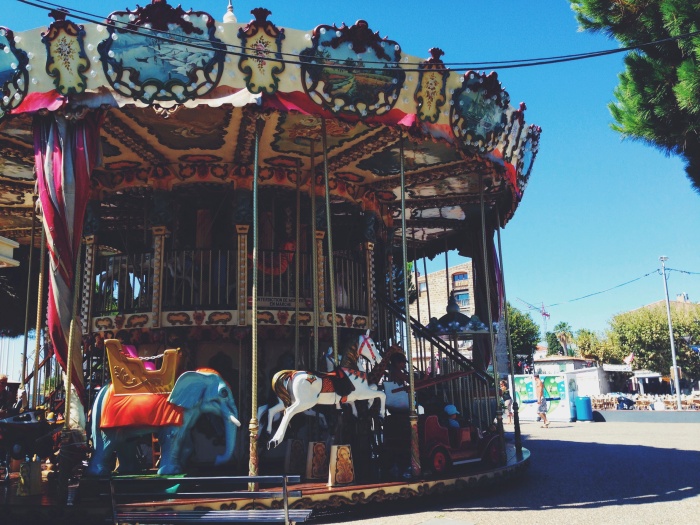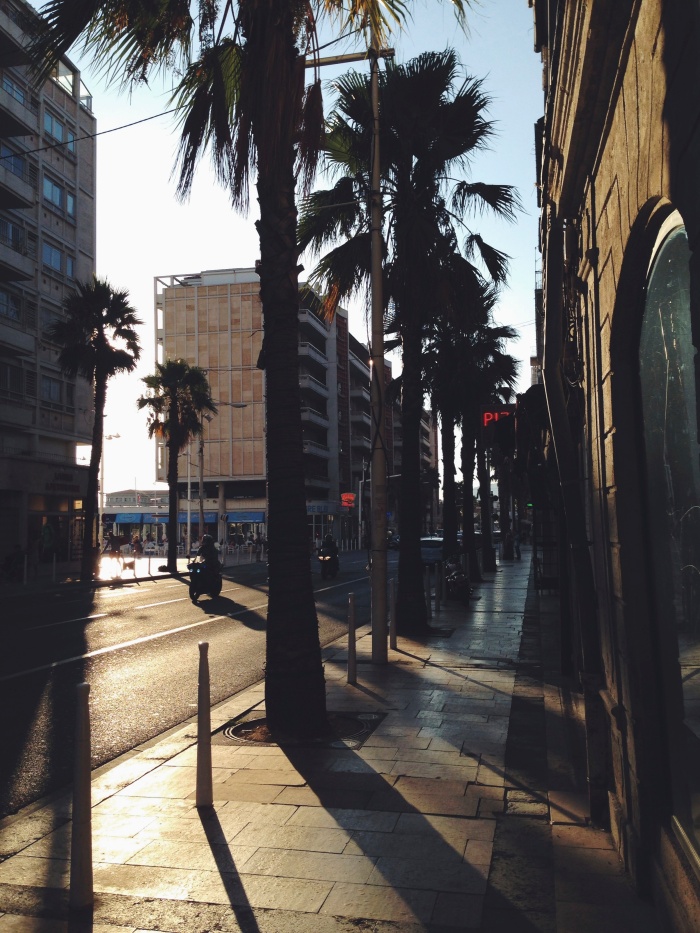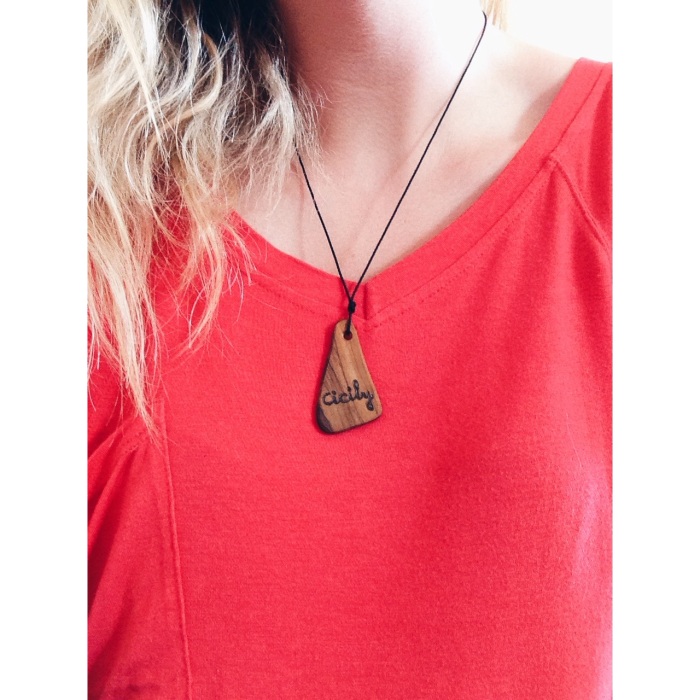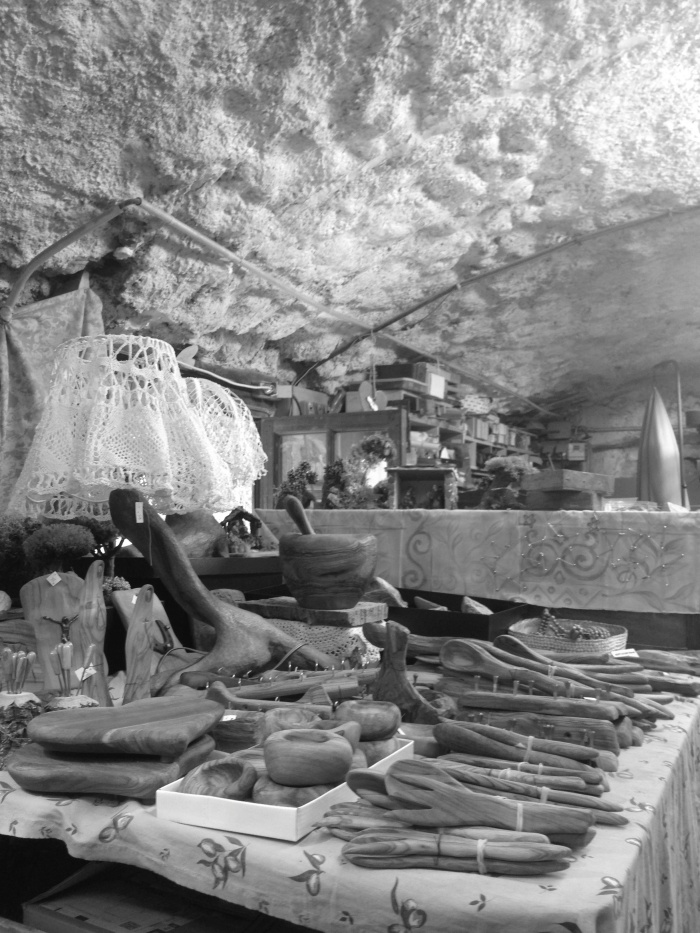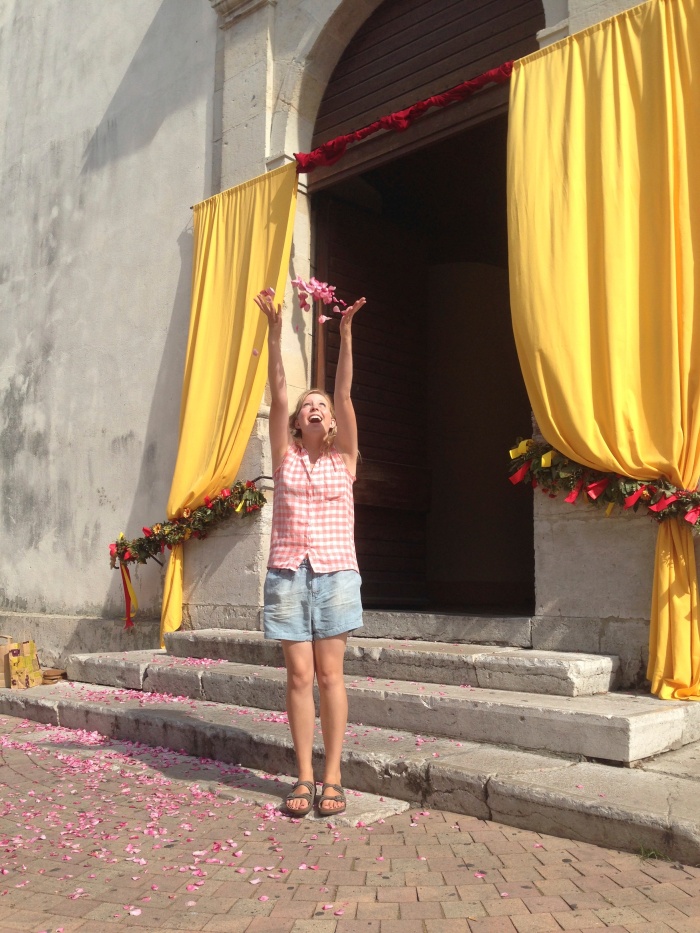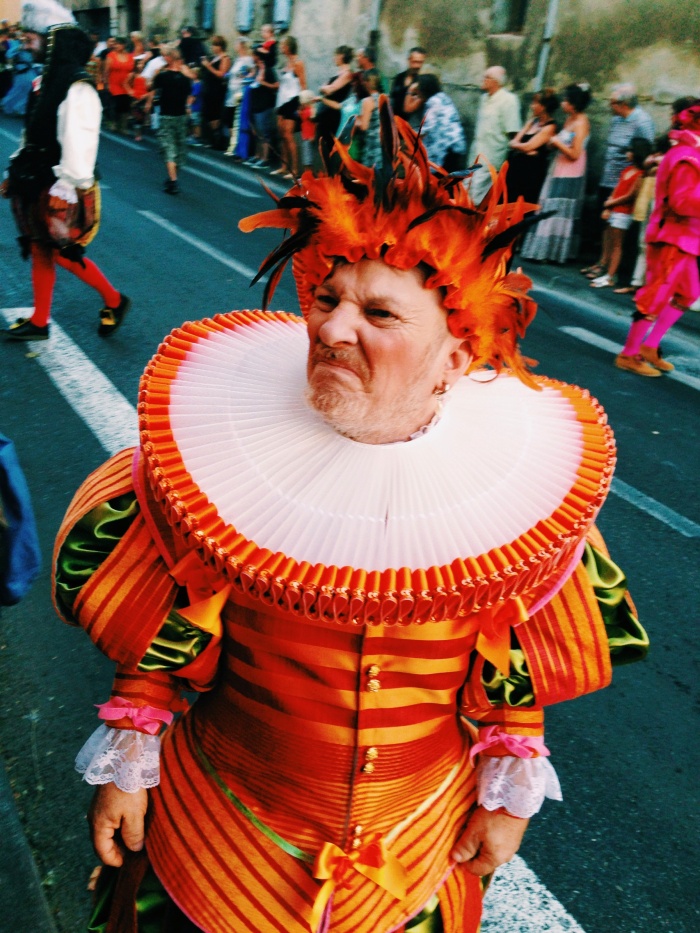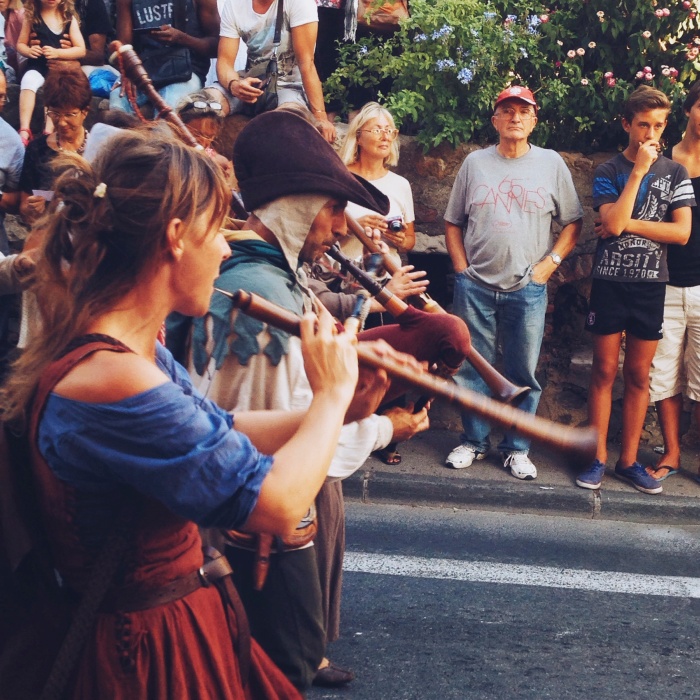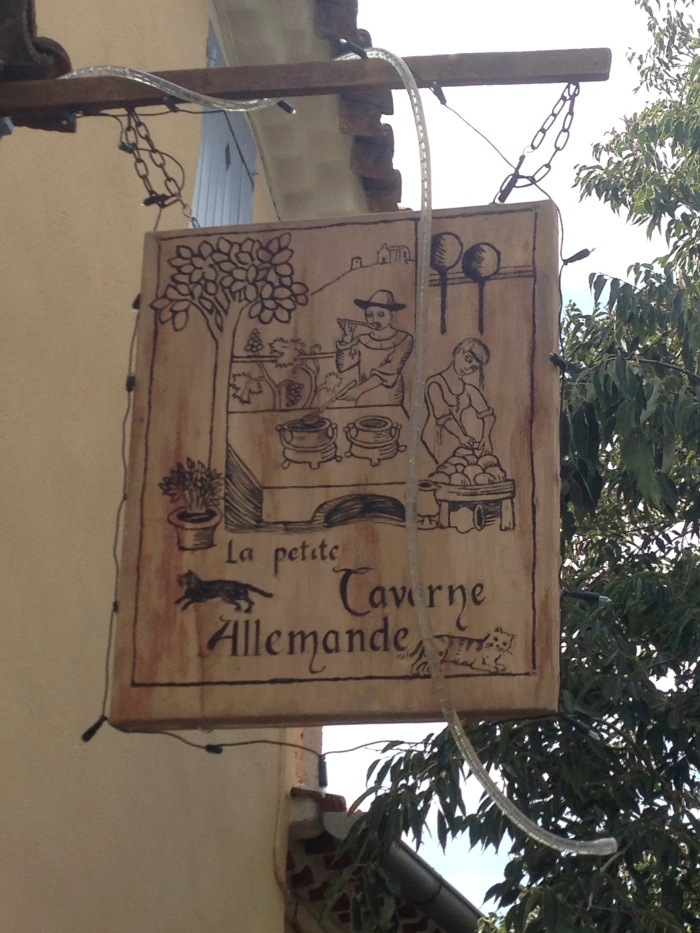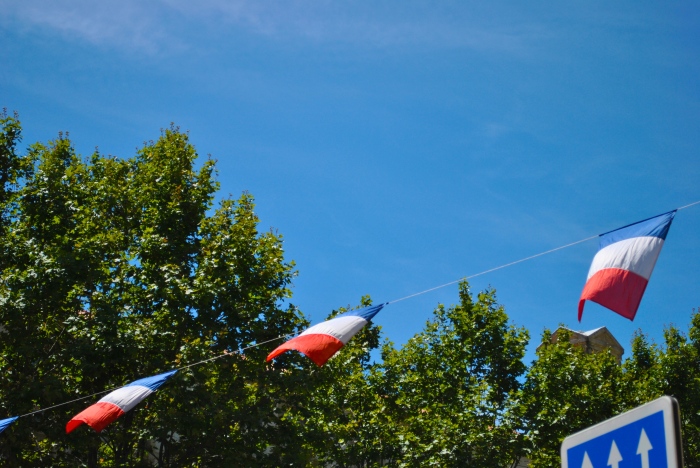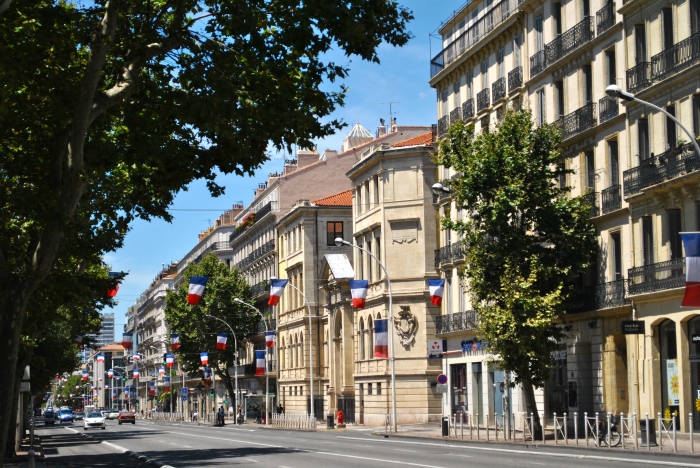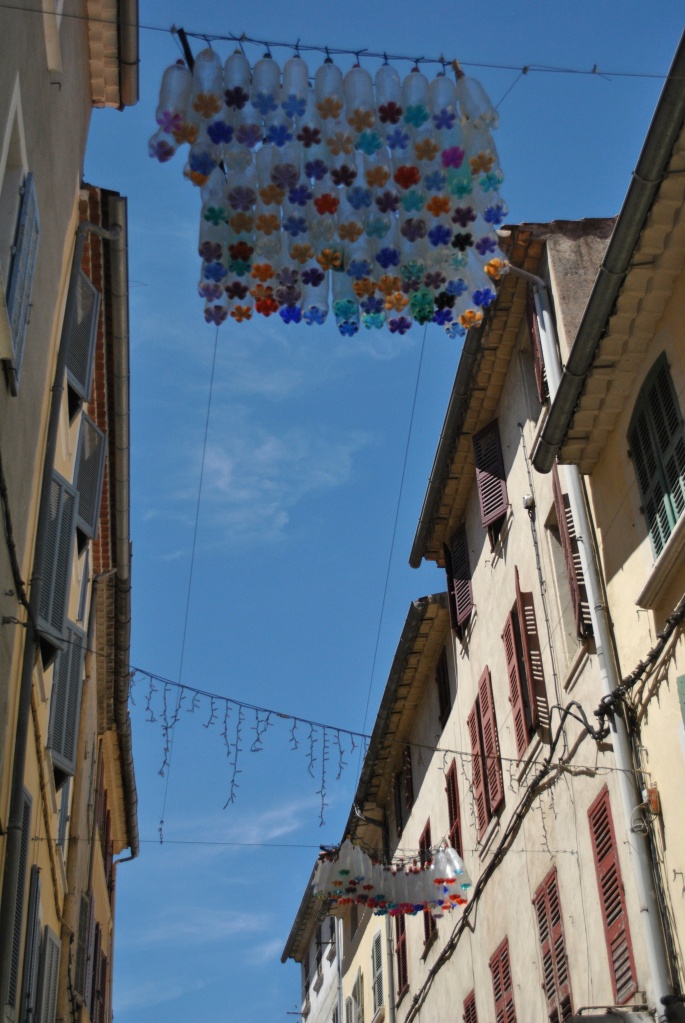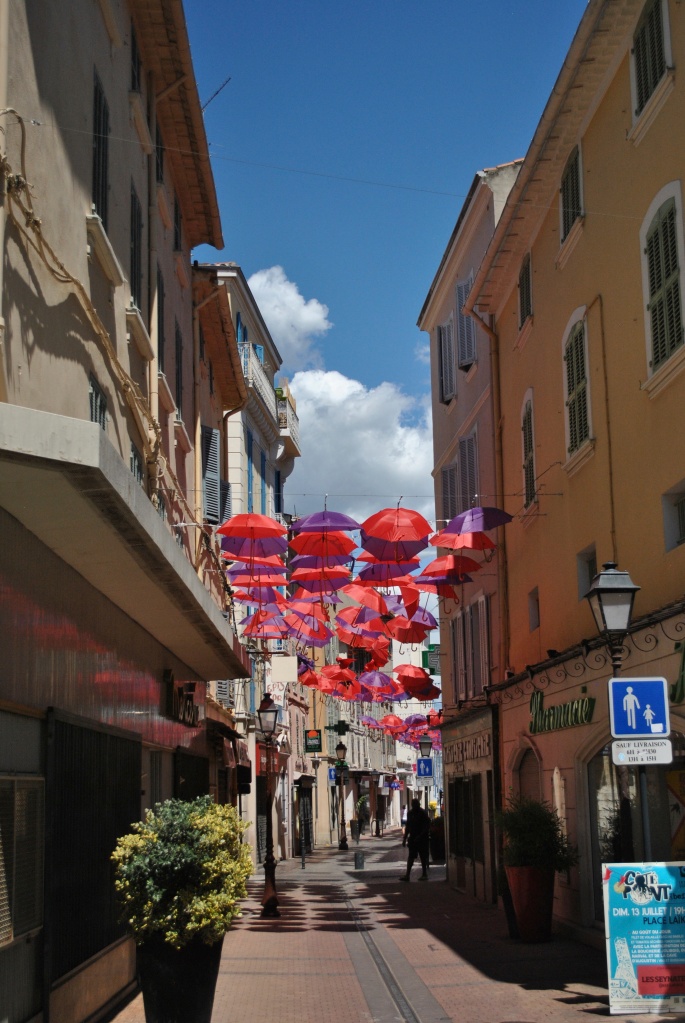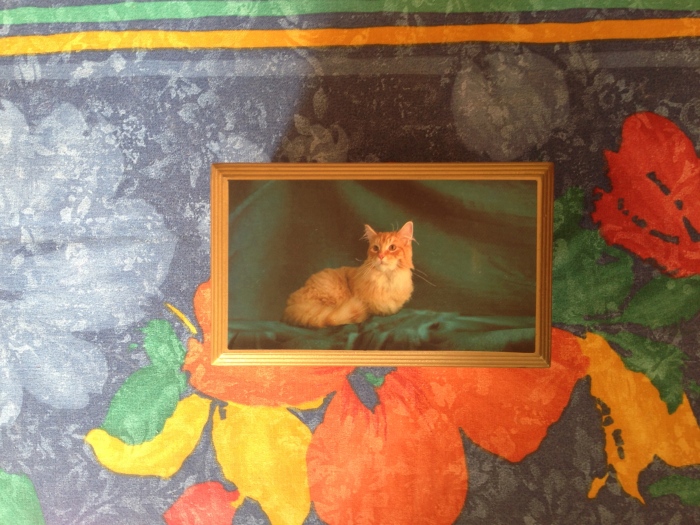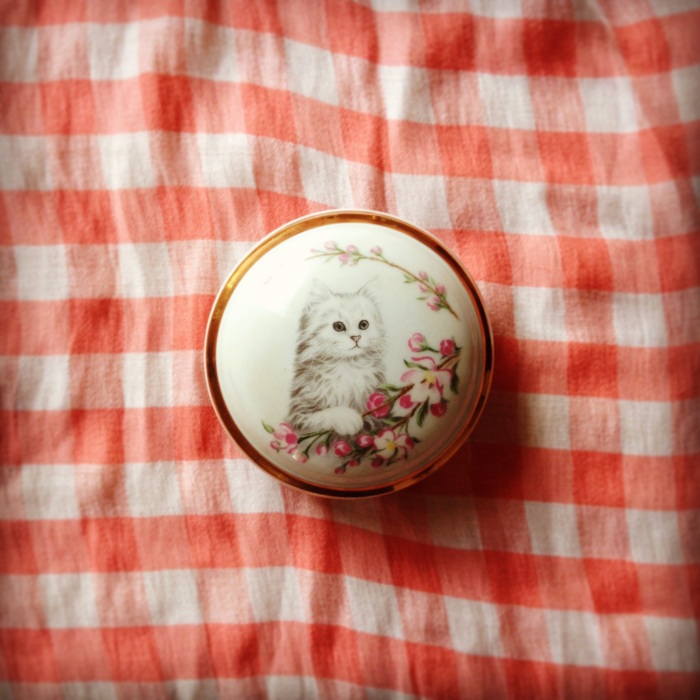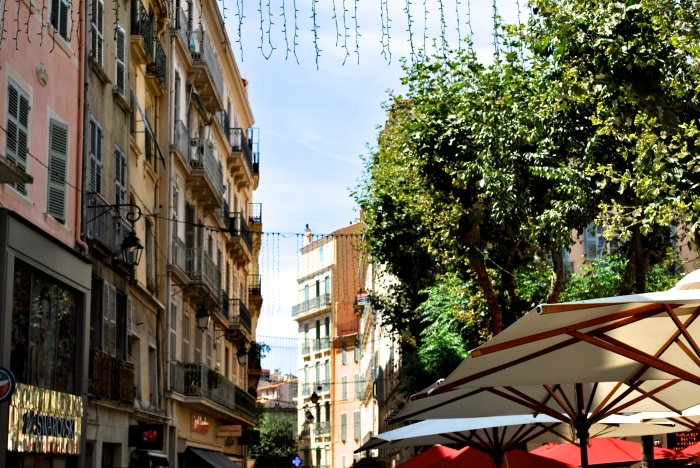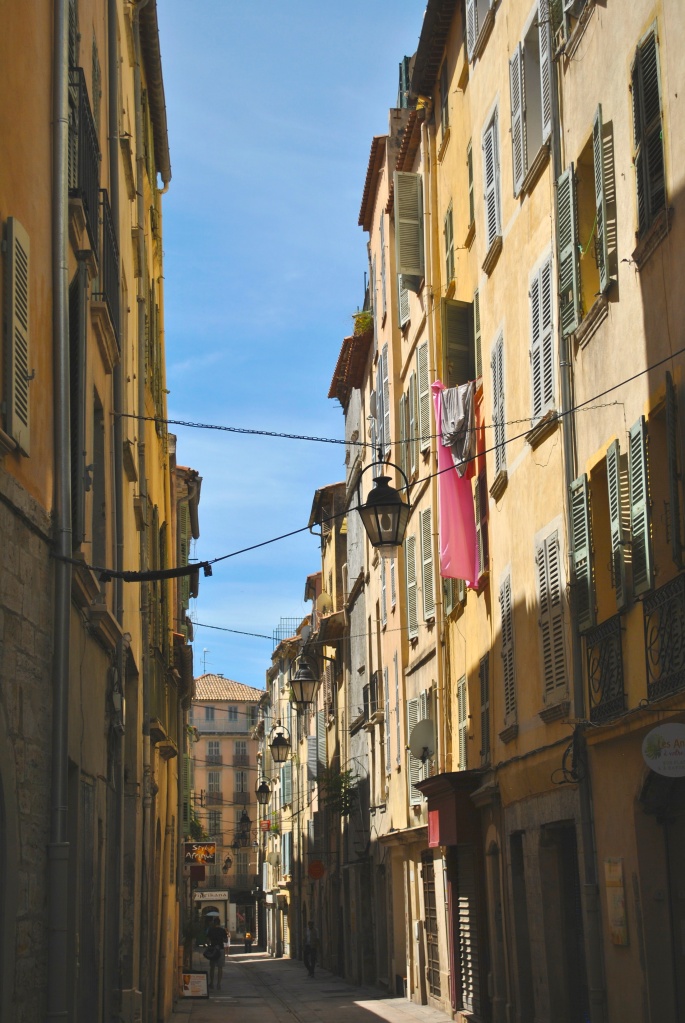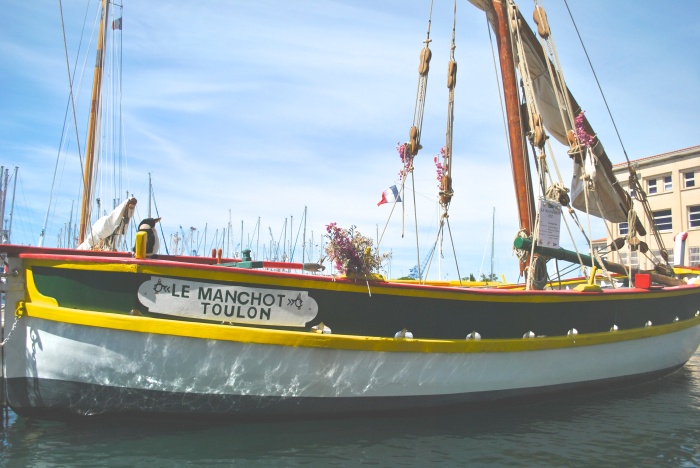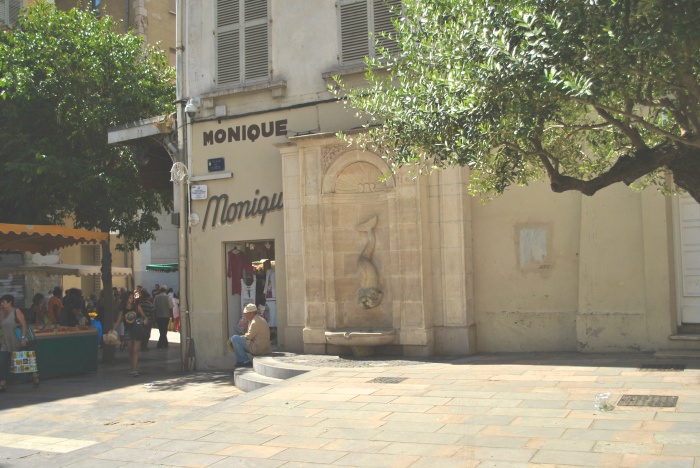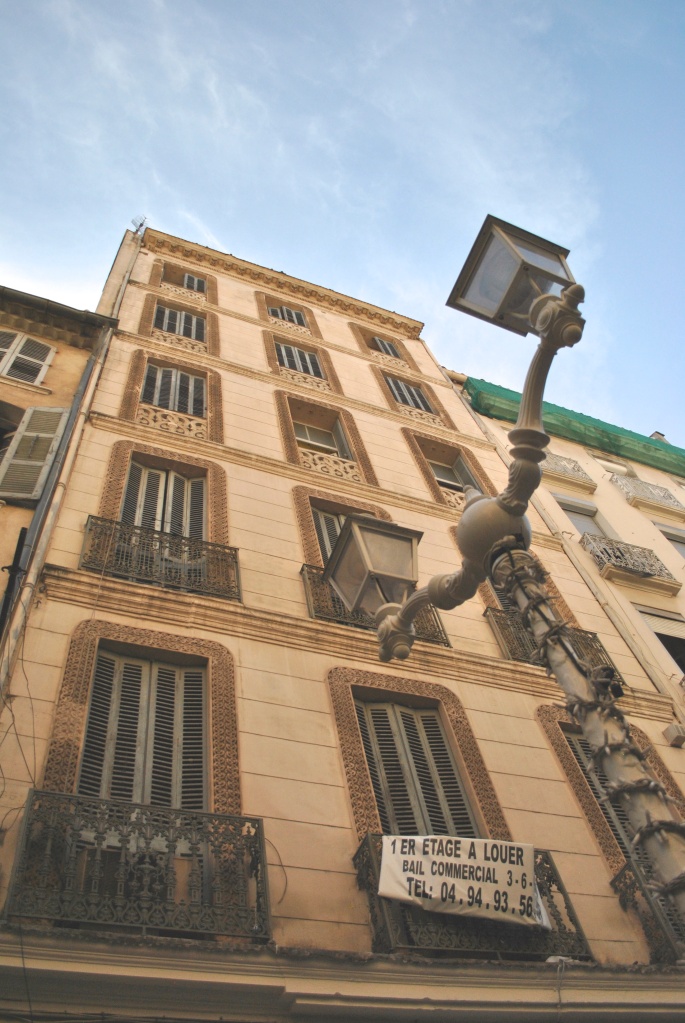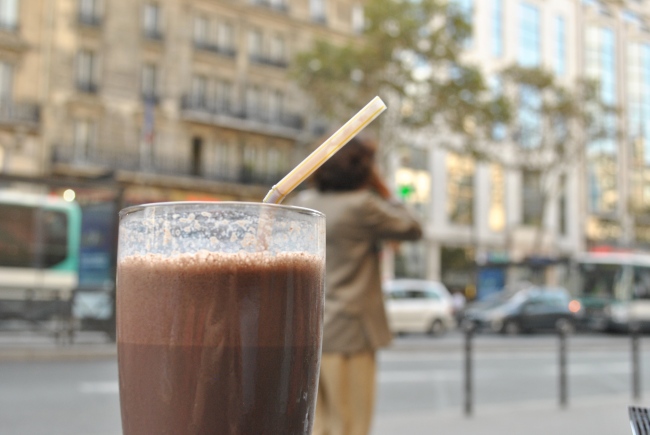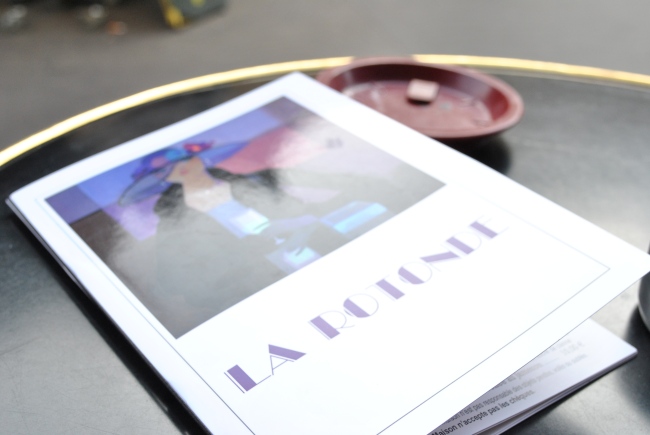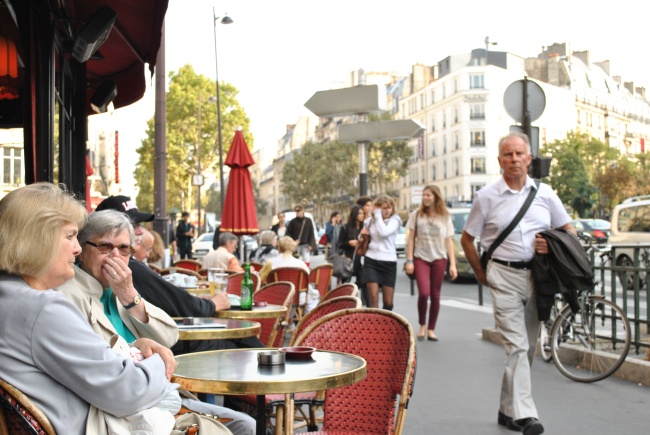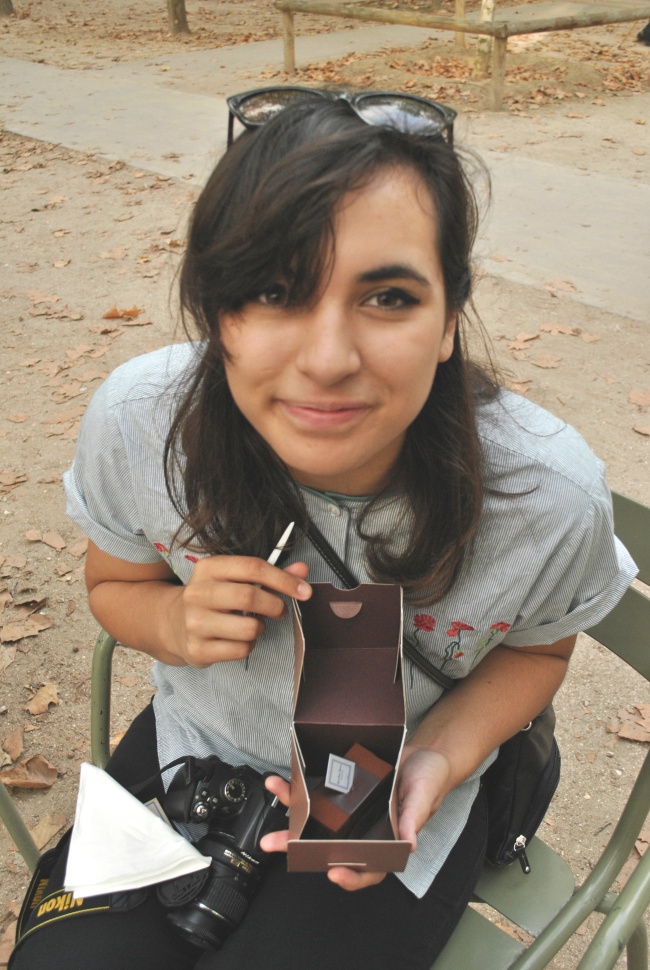The story of the Butterfly Lovers (Li), raises critical questions about gender and identity. Reading it led me to wonder if gender manipulation is a source of real power. In the story, Zhu, a young girl posing as a young boy, comes to know and love Liang. When she reveals her true identity to Liang, he is overjoyed and seeks Zhu’s hand in marriage. Her parents, however, have already chosen a spouse for Zhu. Liang dies of heartbreak and Zhu settles for the arranged marriage. On the day of the wedding, Zhu visits Liang’s tomb, and as she mourns the loss of her true love, the tomb breaks open and Liang emerges in the form of a butterfly. Zhu is also transformed into a butterfly, and the two fly off together, having been given a second chance at happiness. This story led me to wonder whether or not reality is as kind to those who have stretch the boundaries of gender in China. Has androgyny brought any kind of real advantage? Does cross-casting create advantages for Chinese women? Does it create advantages for Chinese men? In this essay, I hope to examine androgyny and cross-casting in China with these questions in mind. In my studies, I have come to the conclusion that gender manipulation in China has not truly empowered either sex.
Mei Lanfang led an interesting life, carving his way out in the history of China as one of the most successful actors in Peking Opera. In the film Forever Enthralled, we watch Mei Lanfang’s interactions with his wife, mistress and colleagues. All of these people make it their business to tell Mei what to do. Mei’s own desires are overshadowed––even neglected––until something as simple as going to a matinée becomes impossible for Mei. On the gender spectrum given to us in class, Mei’s portrayals of women would be considered a form of condescension. He is giving up his power as a man to inhabit a female character. Ultimately, the consequence of this was a loss of self for Mei. He gave up much of his autonomy for his career. Even though some may see Mei’s career as playing a critical role in advancing women’s rights in China by creating the huashan female character (Goldstein), Mei paid dearly for his career. He even admits in the film that at times, he has forgotten whether he is male or female. I believe this confusion and loss of identity played a great role in his loss of autonomy.
Many would argue that while Mei’s career had drastic personal consequences, he contributed to the greater good by advancing women’s rights in China with the huashan character. I would argue that a man’s portrayal of a woman could only have a very limited capacity to advance women’s rights. Take, for example, some of the women in Chinese literature. McMahon talks about the image of the talented and independent woman in Chinese literature, saying “Such a woman often dresses as a man in order to move about more freely than custom ordinarily allows; she goes out to get what she wants rather than waiting for things to come to her in her inner chambers. One of her mottoes is, ‘though in body I am a woman, in ambition I surpass men’” (233). This image of a woman is radical. Her power comes not only from her talent and ambition, but from her androgyny. These women neglect tradition, leave the realm they have been confined to and search out opportunity. They dress as men, arrange their own marriages and solve the problems of the men around them (McMahon). However, these women do not exist in Chinese culture. They exist only in the literature. This literature has depicted female androgyny as a source of power, but the authors of these stories are male, making these depictions little more than another male-generated idea about femininity. Mei’s performances, too, are a male-generated idea of femininity. On the surface these things may seem empowering, but beneath is more patriarchy.
China embraced female androgyny as a source of power from the 1960s to the 1980s. A State-led feminist movement instituted equal pay, maternity leave and reasonable work loads for pregnant women; the State also banned prostitution and created laws that prohibited a man from divorcing a pregnant woman (Yang, 37). Behind these leaps forward was a deep-rooted sense of nationalism. Having women in the work force did wonders for the country economically, something the very new People’s Republic of China needed. During this time of reform and transition, women were encouraged to take on an androgynous appearance in a movement now known as “gender erasure.” One woman, Han Lina, remembered this period saying if any woman “was dressed in ‘bourgeois style’––dresses too short, blouse too revealing, high heels, or permed hair––[the Red Guard] would forcibly cut your hair or your dress on the spot” (Yang, 41). The women’s rights movement in China was not led by women, and as a result, women were denied of their own femininity. Again, we find patriarchy beneath what may seem like advances for women.
These instances of male-instituted androgyny and cross-casting did not advance the rights of anyone involved. As we saw with Mei Lanfang, a career playing a women can be emotionally and mentally taxing for male actors. Chinese literature showed us that empowering depictions of women are meaningless when generated by men and operate very similarly to male depictions of women on the stage. And gender erasure in China taught us that forced androgyny did not equalize men and women; it only denied women of their own femininity. We can clearly see that gender manipulation in China’s history has not empowered either sex.
Works Cited
Goldstein, Joshua. Drama Kings: Players and Publics in the Re-Creation of Peking Opera 1870-1937. Berkeley: University of California Press, pp. 55-62; 237-280. 2007.
Li, Siu Leung. Cross Dressing in Chinese Opera. Hong Kong: Hong Kong University Press, pp
67-81;109-118;164; 169; 191-213. 2007.
McMahon, Keith. “The Classic “Beauty-Scholar” Romance and the Superiority of the Talented Woman,” in Body, Subject and Power in China. Ed. Angela Zito and Tani E. Barlow. Chicago: University of Chicago Press, pp. 227-234. 1994.




